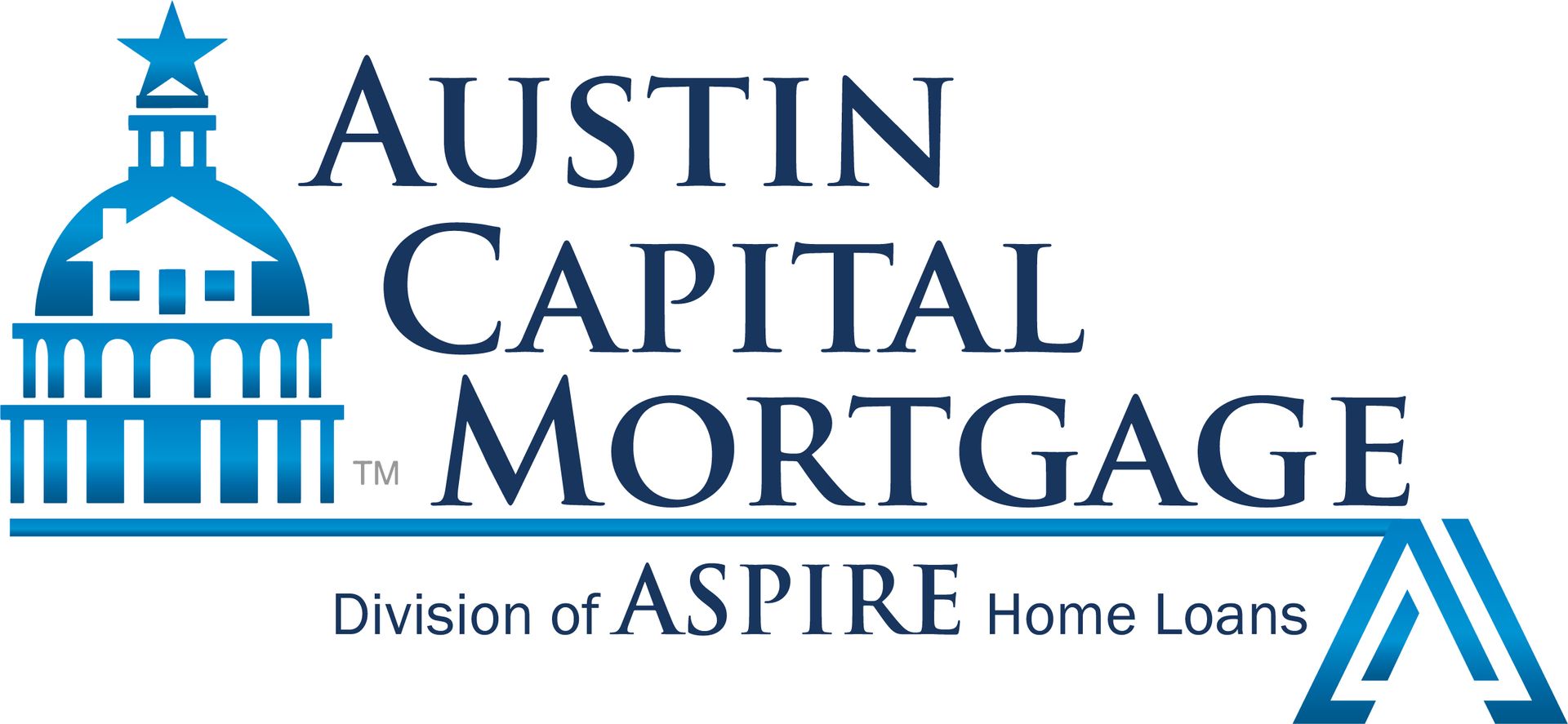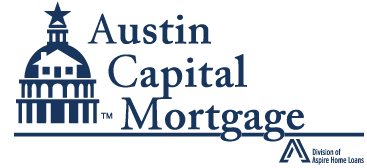Mortgage lending is the process of borrowing money from a lender to purchase a home or other real estate property. The lender provides a loan to the borrower, and the borrower agrees to pay back the loan with interest over a period of time.
Here are the basics of mortgage lending:
- Application process: The borrower begins the process by submitting a mortgage application to a lender. The application includes personal and financial information, such as income, assets, debts, and credit score.
- Pre-approval: The lender reviews the borrower's application and determines if they are eligible for a mortgage. If so, the lender issues a pre-approval letter, which states the maximum loan amount the borrower is qualified for.
- Property search: The borrower looks for a property to purchase within the approved loan amount.
- Home inspection: The borrower hires a home inspector to evaluate the property for any issues or defects.
- Appraisal: The lender orders an appraisal to determine the fair market value of the property.
- Loan processing: The lender reviews the borrower's financial information and the property appraisal to ensure the loan meets the lender's underwriting standards.
- Closing: If the loan is approved, the borrower and lender agree on the loan terms and the closing process begins. The borrower signs a mortgage agreement, pays closing costs, and receives the keys to the property.
- Repayment: The borrower makes regular monthly payments to the lender over the life of the loan, which typically ranges from 15 to 30 years. The payment includes principal, interest, and any applicable taxes and insurance.
If the borrower fails to make payments, the lender may foreclose on the property and take possession of it to recover the loan amount.



